Natural cocoa powder and Dutch-processed cocoa powders are so similar but very different. One needs baking soda, while the other needs baking powder. Here are some of my favorite ways to use different cocoa powders and why I use them.
I love baking with cocoa because it is unsweetened and super versatile. While most of the time when you're using a recipe that doesn't specify which cocoa powder to use, I usually reach for my natural cocoa powder.
However, if I am baking something using a recipe, I will always make sure to use the correct cocoa powder.
I use cocoa powder in a lot of my recipes. I like to use natural cocoa powder in Chocolate Buttercream Frosted Cupcakes and Dutch process cocoa powder in Chocolate Chess Pie.
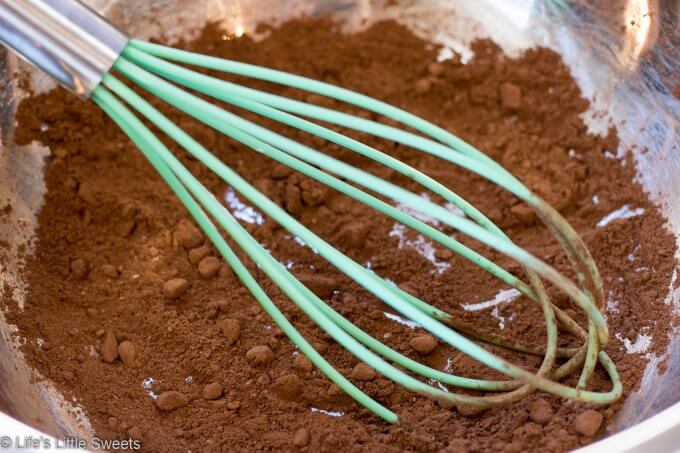
What Is Cocoa Powder?
Cocoa powder comes straight from cocoa beans. Before becoming powder, the beans are dried, roasted, and cracked into little nibs. Next, they're pressed until 75% of the cocoa butter is removed - this is how we get cocoa butter! After being pressed, they end up as a liquor, which is then dried and ground, which creates cocoa powder. Cocoa powder is unsweetened and is great in desserts, beverages, and other sweet treats.
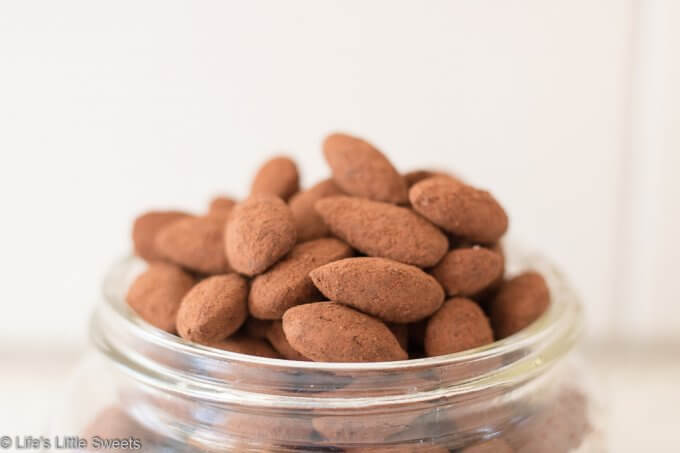
Natural Cocoa Powder
Natural cocoa powder has a very strong and bitter flavor as it comes straight from roasted cocoa beans. Because of the acidity of natural cocoa powder, it is usually mixed with baking soda, causing your baked goods or anything you're cooking to rise. This is the cocoa that you will usually find at your local grocery store - so be sure that you read the labels before heading up to the cash register.
Fun Fact: Unsweetened cocoa powder is packed full of minerals like iron and magnesium.
Dutch-Process Cocoa Powder (Alkalized Cocoa)
The Dutch-process cocoa powder, or alkalized cocoa, is created in a different way. While the concept is very similar to natural cocoa powders, there are a few extra steps. The whole process starts with washing the beans in an alkaline solution made up of potassium carbonate. The alkaline solution helps with neutralizing the cocoa beans' acidity and making the Dutch cocoa powder neutral. Unlike unsweetened powder, dutch does not react with baking soda due to its neutral state. Instead, it is frequently mixed with baking powder rather than baking soda. The alkalized cocoa dissolves in liquids easily and is darker in color.
Fun Fact: Oreos are made out of Dutch-process cocoa powder.
Which type of cocoa should I use?
Unsure of what cocoa to use? A good rule of thumb is to know that if your recipe does not call for baking powder or baking soda, you should be okay to use either one. Many things that don't specify are hot chocolate, ice cream, pudding, and icing. Think of it as if you're not actually baking your treat and don't need to worry about it rising; you can use it either. However, if you're using a recipe that requires a leavening agent, that is different. For these recipes, be sure to use the correct cocoa powder to avoid flat, dense cakes and other baked goods.
Does it matter which cocoa powder I use?
You will notice that most natural cocoa powder recipes will use baking soda, and Dutch will use baking powder. This all has to do with acids and bases. Natural cocoa is an acid, and baking soda is a base, which allows them to pair together for a delicious chocolatey flavor. Dutch process cocoa will use baking powder to create a chemical reaction. Both natural and Dutch cocoa powders' chemical reactions cause bubbles, causing your baked goods to rise.
Can I substitute or switch out natural and Dutch-process cocoa powders?
Switching natural to Dutch:
The first thing you will notice is that whatever you're baking will be lighter in color because such cocoa powder is lighter than unsweetened natural cocoa powder. You will also notice a flavor change, which will be just a tad bit more bitter, but not too much. The good thing is, is that you won't notice too much difference in the rising and fluffiness of your baked good.
Switching Dutch to natural:
Firstly, the color will be darker than Dutch cocoa because natural cocoa beans haven't been alkalinized, which allows them to remain a subtle brown color. You may notice a change in flavor, which may be a little soapy. This is because the baking soda hasn't been neutralized like it would with Dutch process chocolate.
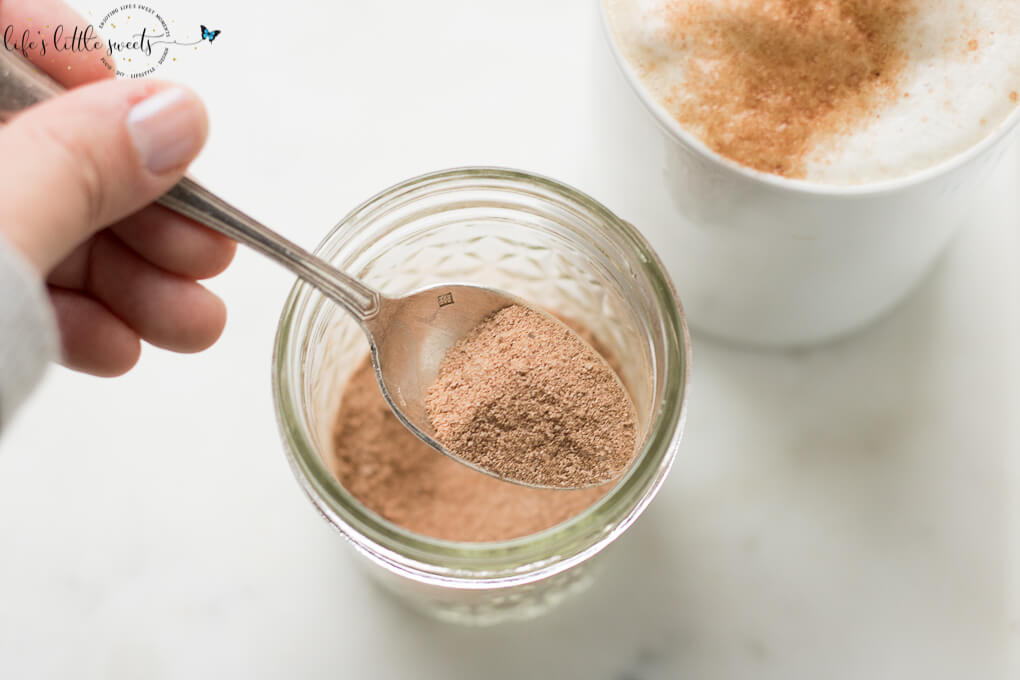
How do I store cocoa powder?
I like baking with cocoa powder because it is shelf stable for up to two years if it is in a proper container. Make sure the container is airtight and stored in a cool and dry place. The last thing you want to do is find wet and clumpy cocoa powder when you're trying to bake.
This also means that you should not keep the cocoa powders in the fridge or freeze it. This automatically exposes your cocoa powder to moisture, causing it to clump and spoil.
Web Story
Latest Posts
- First published: 4/12/2023
- March Recipes - March 1, 2024
- How to Plan Thanksgiving Dinner - November 7, 2023
- October Recipes - October 23, 2023


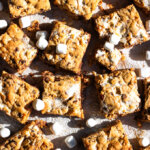


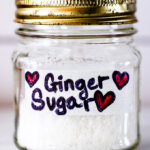
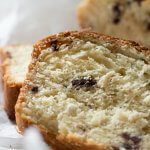



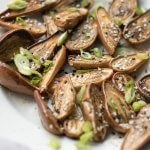

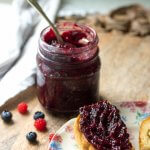
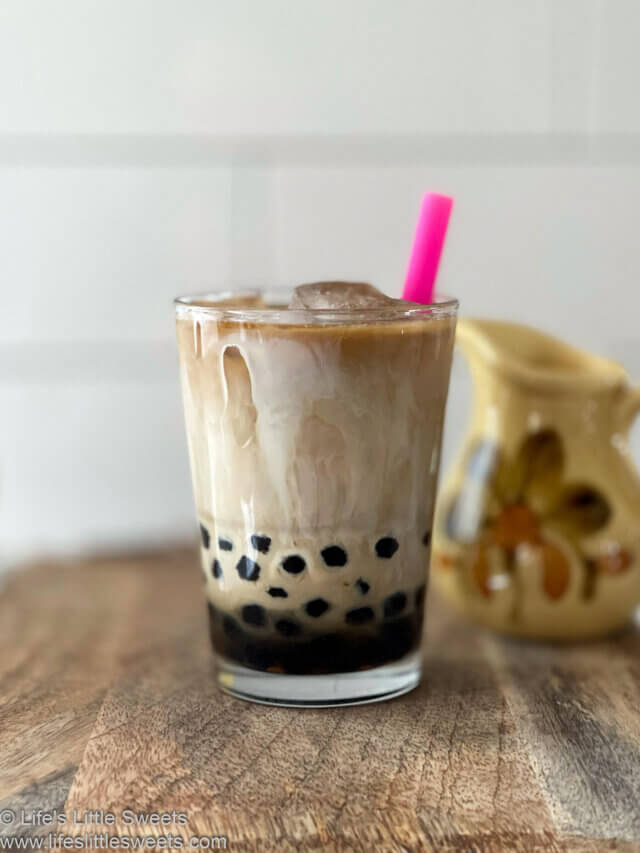
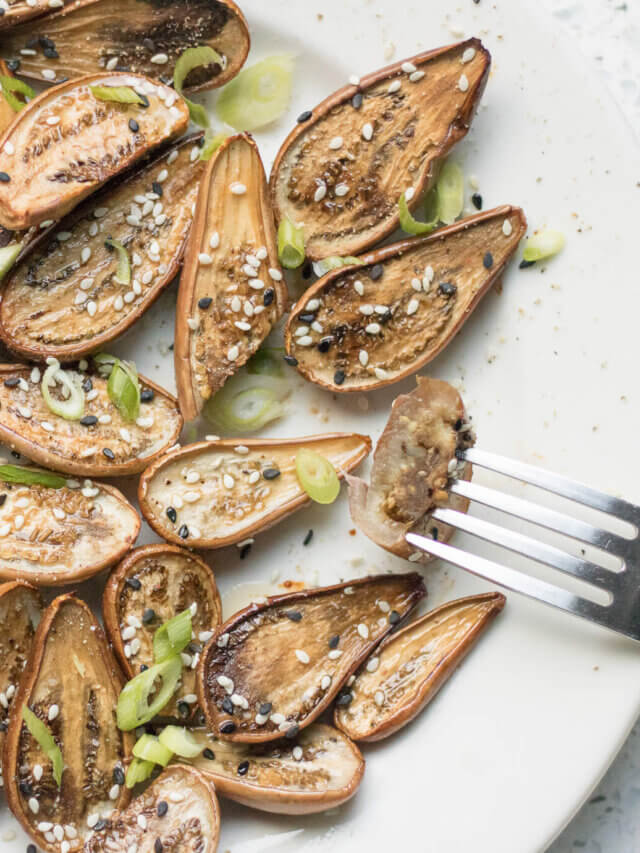
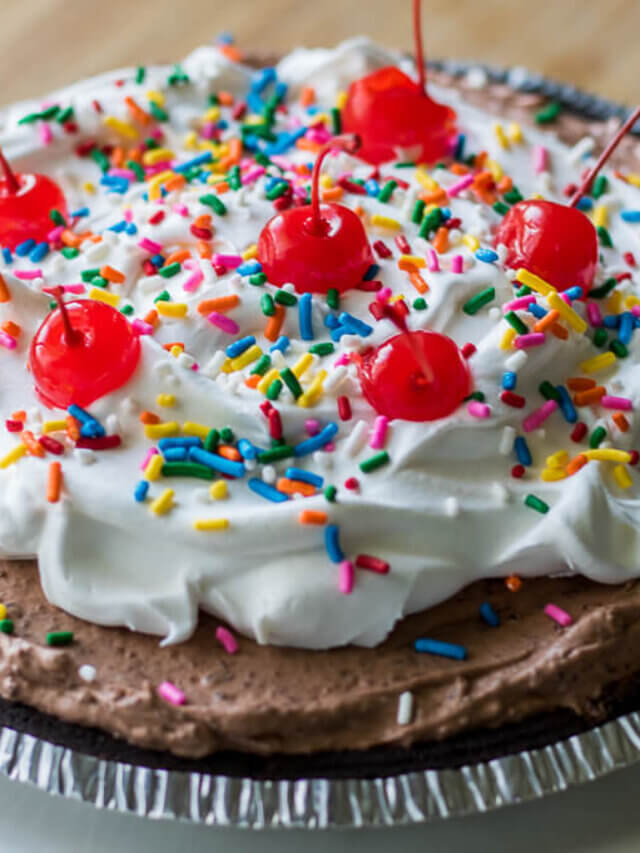
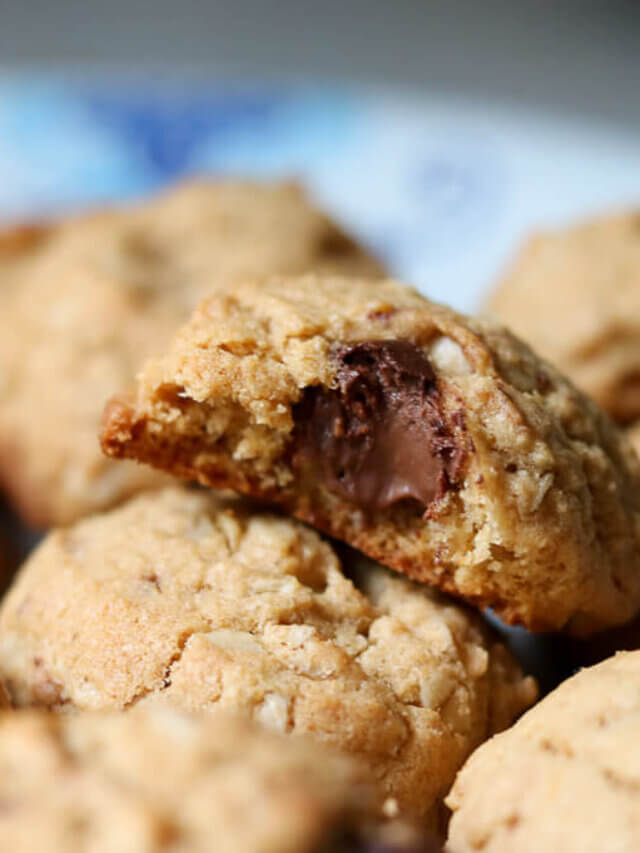
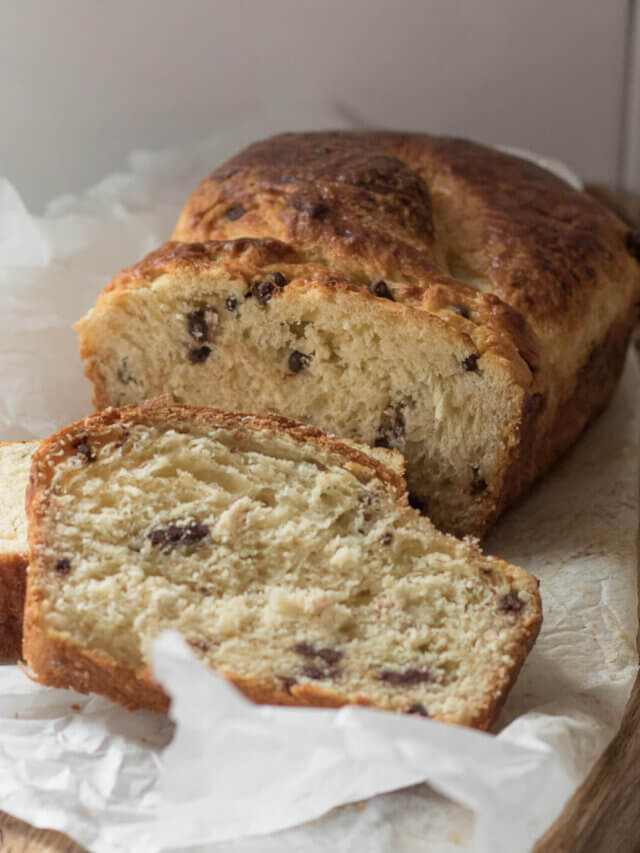
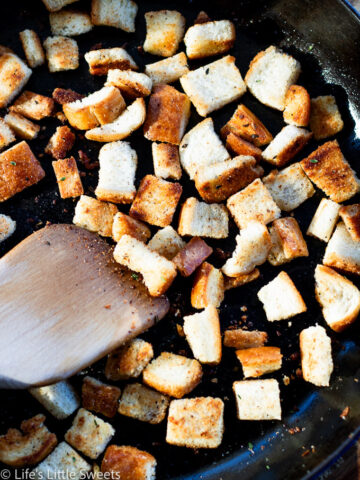
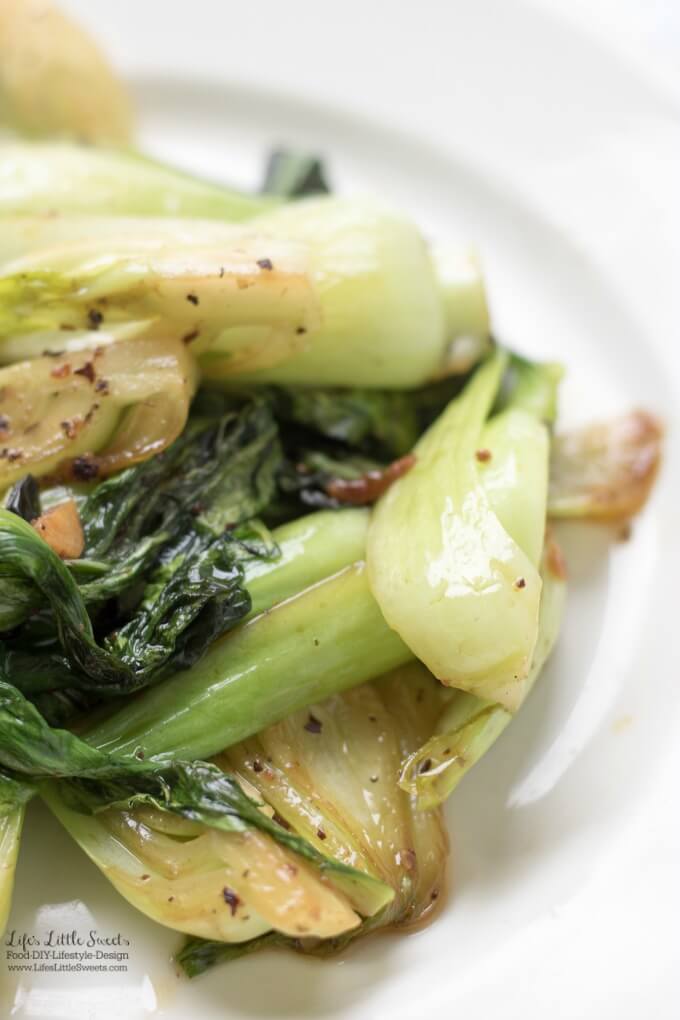
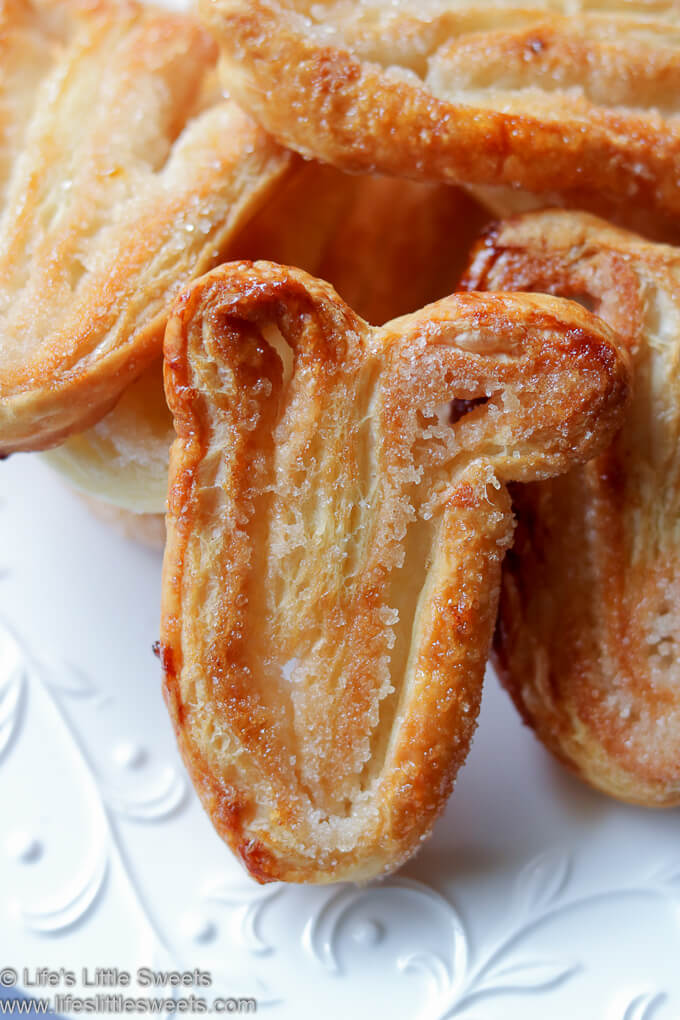
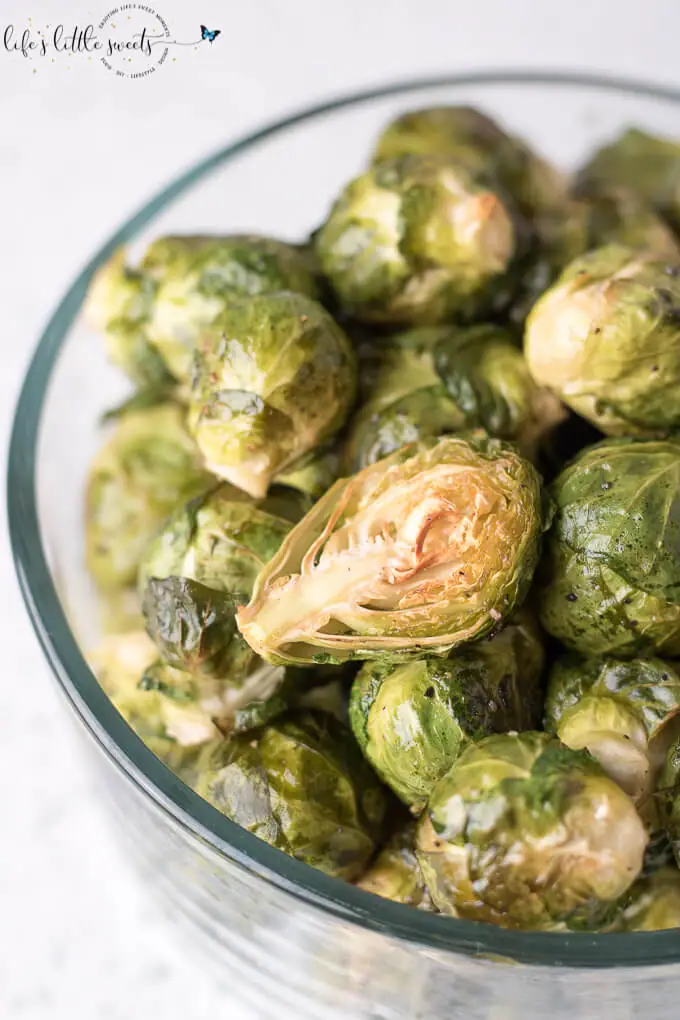
Leave a Reply